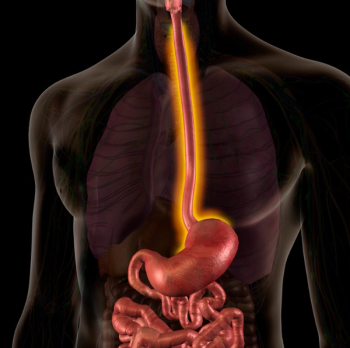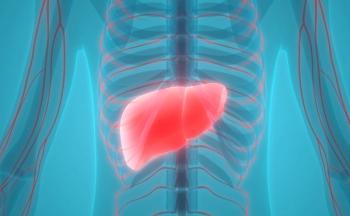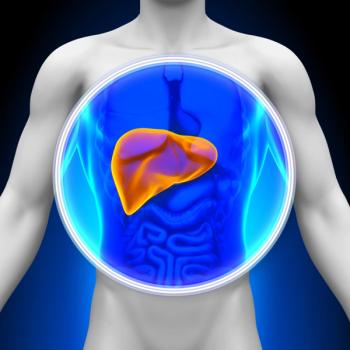
- ONCOLOGY Vol 14 No 5
- Volume 14
- Issue 5
Understanding Leukaemia and Related Cancers
Patients who have newly diagnosed leukemia are often overwhelmed with the complexities of their disease and its required therapy. In their book, Understanding Leukaemia and Related Cancers, Drs. Mughal and Goldman offer patients a
Patients who have newly diagnosed leukemia are often overwhelmed with the complexities of their disease and its required therapy. In their book, Understanding Leukaemia and Related Cancers, Drs. Mughal and Goldman offer patients a valuable guide to the diagnosis and treatment of leukemia. The authors note that the book is intended for a varied audience, but I believe that it will be most useful to patients and family members who seek a better understanding of the disease and its implications.
The book consists of eight chapters, the first three of which attempt to provide readers with the scientific background that will help them gain a better understanding of the disease process. The authors have done an excellent job of explaining complicated medical information in relatively easy-to-understand language, and the well-chosen illustrations will likely add to the readers comprehension.
The prevalence of leukemia, as well as the possible etiologies for its development, are discussed. Many patients fear that they may have done something to cause their cancer, and the authors go to some length to try to dispel these concerns. They also provide a valuable resource in Appendix 1a list of many active support organizations in the United Kingdom, the United States, and Spain.
The remaining chapters describe the diagnosis and treatment of the various types of leukemia. Clear, simple language is used to explain the usual work-up that is performed on the leukemia patient, as well as the rationale behind various procedures.
The potential benefits and toxicities of chemotherapy and radiation are discussed, and a separate chapter on bone marrow transplantation is also included. The authors remember to include toxicities that occur with certain therapies, such as red urine with daunorubicin (Cerubidine), that are not dangerous but that, nonetheless, may be frightening to the unprepared patient.
The authors also address the importance of patient participation in clinical trials. They make the important point that 90% of children in the United Kingdom with acute lymphoblastic leukemiaa disease in which tremendous advances have been madeare entered into clinical trials.
Although the chapter on leukemia therapy is well written, it contains a few inaccuracies. For example, the section on the treatment of hairy-cell leukemia is outdated: Treatment with interferon is emphasized, and 2-chlorodeoxyadenosine (cladribine [Leustatin]) is mentioned only briefly. Also, the authors state that high-dose cytarabine is used only occasionally when, in fact, it has now become the standard consolidation therapy for many patients with acute myeloid leukemia.
The books final chapter ends on a hopeful note by discussing future therapeutic prospects. Targeted therapy, such as gene therapy, is described, as well as some of the controversies surrounding bone marrow transplantation.
Any book that informs patients is always a valuable resource. Despite its few shortcomings, Understanding Leukaemia and Related Cancers provides patients and their families with much of the information that they will need for proper decision-making throughout the course of their disease. It also manages to present this complicated information in a simple, nonthreatening manner. Patients will likely find this book to be most useful as a starting point for further discussion with their physicians.
Articles in this issue
over 25 years ago
Medicare Rethinking Its Policy on Self-Injectablesover 25 years ago
Home Counseling Program for Women With Lung Cancer to Be Studiedover 25 years ago
New Indication Sought for Bicalutamideover 25 years ago
Approval of Antibody-Targeted Chemotherapy Recommendedover 25 years ago
First Comparison of Anastrozole vs Tamoxifenover 25 years ago
FDA Approves Irinotecan as First-Line Therapy for Colorectal Cancerover 25 years ago
Bill Will Allow Doctors to Negotiate Jointly With HMOsover 25 years ago
New Drug for Refractory Cutaneous T-Cell LymphomaNewsletter
Stay up to date on recent advances in the multidisciplinary approach to cancer.
































































































